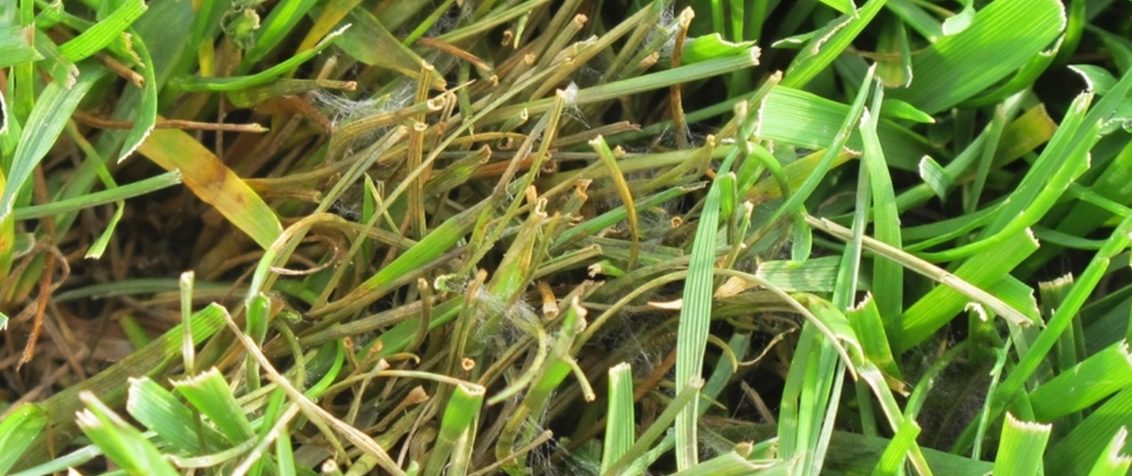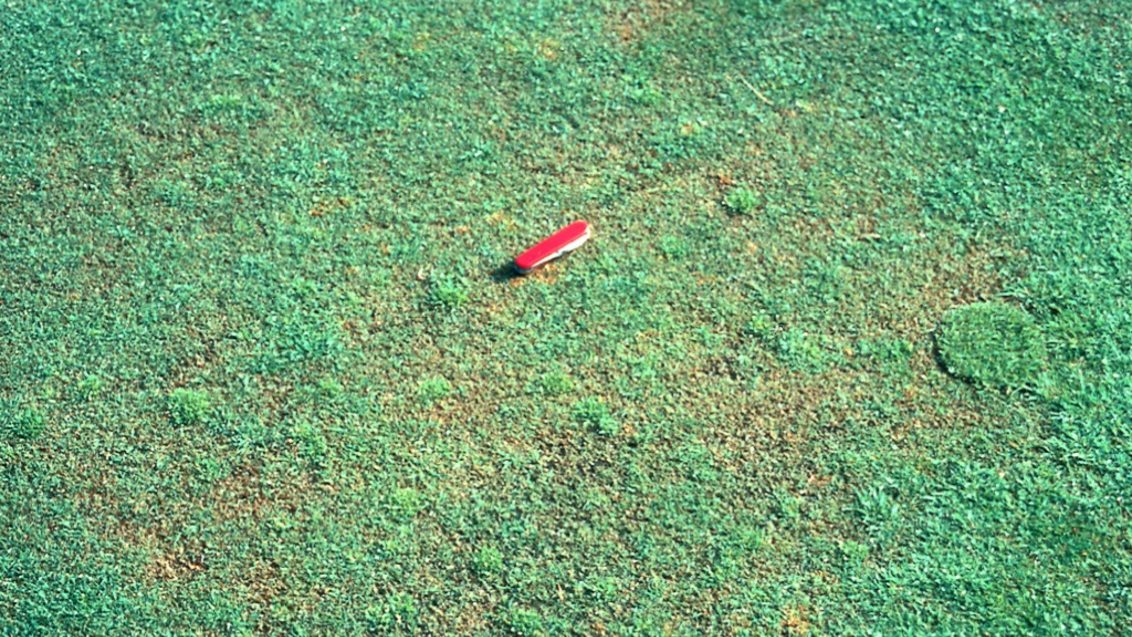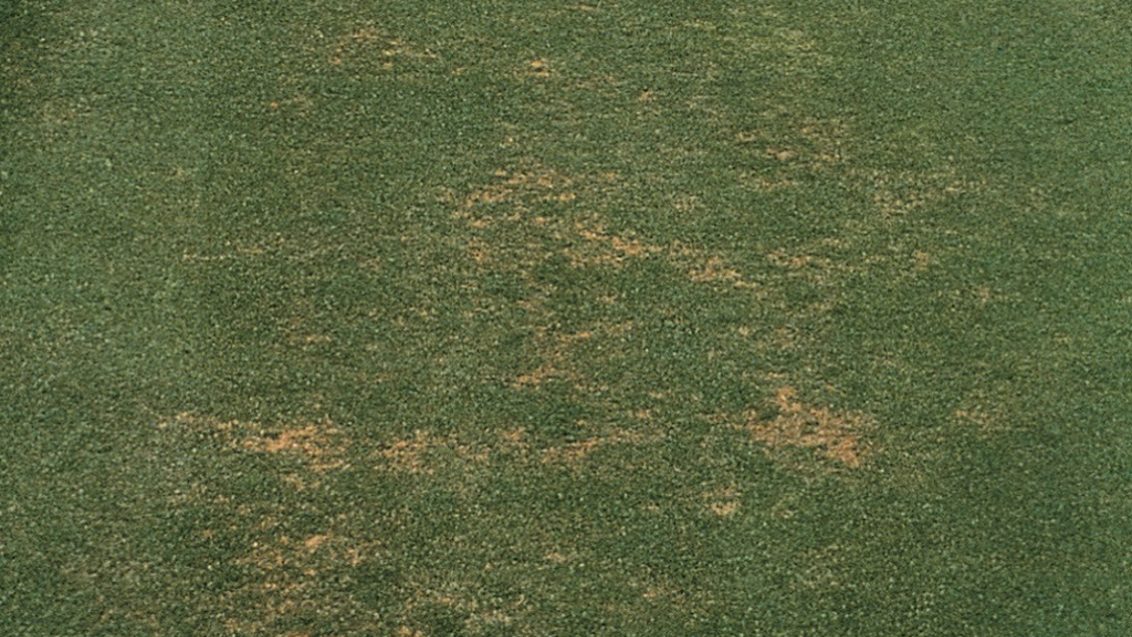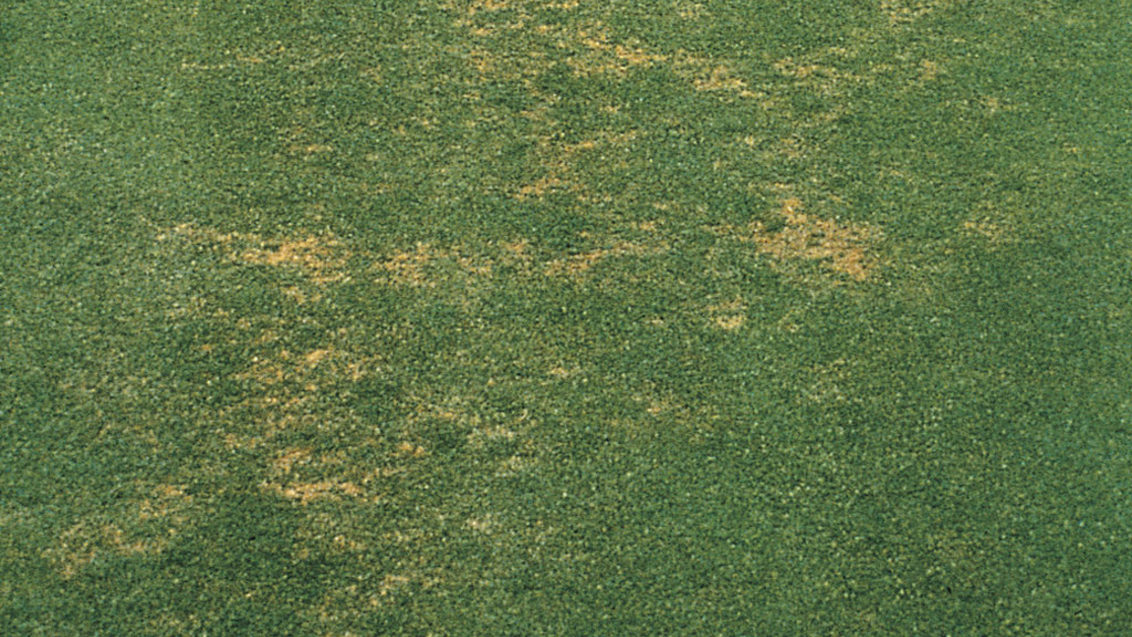Pythium Root Rot
Turf Disease
Susceptible turfgrass: Species grown on putting greens, such as Annual Bluegrass, Bentgrass, and Bermudagrass.

Symptoms
Pythium Root Rot is common on highly maintained turf, such as golf course greens. Although symptoms of Pythium Root Rot are typically non-distinctive, this disease can appear as yellow, irregularly shaped patches.
The affected turfgrass is thin, off-colour, and slow growing, while the root system is stunted with reduced volume and vigour. Foliar mycelium does not occur.
Conditions favouring disease
Some Pythium species favour temperatures between 0°C and 10°C whilst others thrive in temperatures between 21°C and 32°C. Pythium Root Rot occurs in
areas with high soil moisture, poor drainage and low light. It also infects locations with low mowing height and excessive wear.
Integrated turf management
Increase the height of cut.
Apply optimum amounts of nitrogen, phosphorous, and potash.
Reduce mowing frequency and use lightweight mowers.
Avoid overwatering.
Apply low amounts of nitrogen in the Spring when roots are forming.
Minimise the amount of shade.
Improve the drainage of the turf.
Reduce soil compaction.
Apply penetrant fungicides on a preventive basis.
Fungicidal Control
Heritage has label recommendation for Pythium Root Rot in South Africa.



